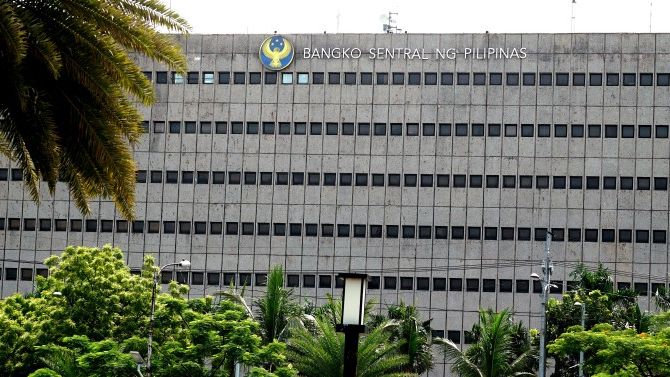Banks and their trust units’ exposure to real estate rose to P3.39 trillion in the second quarter to June 2025, equivalent to 19.61 percent of the banking system’s total loan portfolio excluding interbank loans, the latest central bank data showed.
The second-quarter exposure’s share in the total loan portfolio rose slightly from 19.41 percent in the first quarter, and in peso terms, increased by 7.3 percent from P3.16 trillion in the second quarter of 2024, based on the Bangko Sentral ng Pilipinas (BSP) data.
Real estate loans accounted for P3.03 trillion of the total, up by 8.6 percent year-on-year, of which commercial property loans contributed P1.87 trillion, up by 7.5 percent year-on-year.
Residential property loans went up by 11.5 percent to P1.16 trillion.
BSP data showed past due loans increased 10.3 percent to P155.82 billion. Commercial property past due loans stood at P47.19 billion, up by 8.8 percent, while residential past due loans grew 11 percent to P108.63 billion.
The non-performing real estate loans amounted to P114.46 billion in the second quarter, up 3.2 percent year-on-year, while the bad loans ratio improved to 3.78 percent from 3.98 percent a year earlier.
Meanwhile, banks’ real estate investments (REI) during the period declined by 2.6 percent to P361.37 billion from the year-earlier figure of P371.11 billion.
Of the total REI, P241.30 billion represented debt securities and P120.67 billion accounted for equity investments.
Based on the BSP’s first-quarter Residential Property Price Index (RPPI), prices of housing units rose by 7.6 percent year-on-year, a slower pace of growth compared with 9.8 percent in the fourth quarter of 2024. The RPPI, as a key indicator in assessing real estate and credit market conditions, is based on banks’ data on actual residential property loans.
In 2020, the BSP eased the rules on banks’ real estate loan limits and increased it to 25 percent from 20 percent. This is to encourage bank lending to households for the acquisition or construction of residential real estate property.
According to the central bank’s Consumer Finance Survey released in March this year, property ownership is considered a top household asset among Filipinos, particularly for mid-range salaried households.





